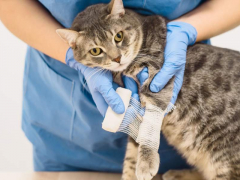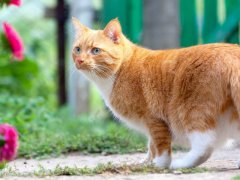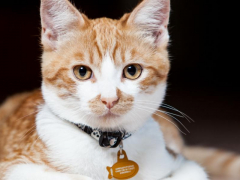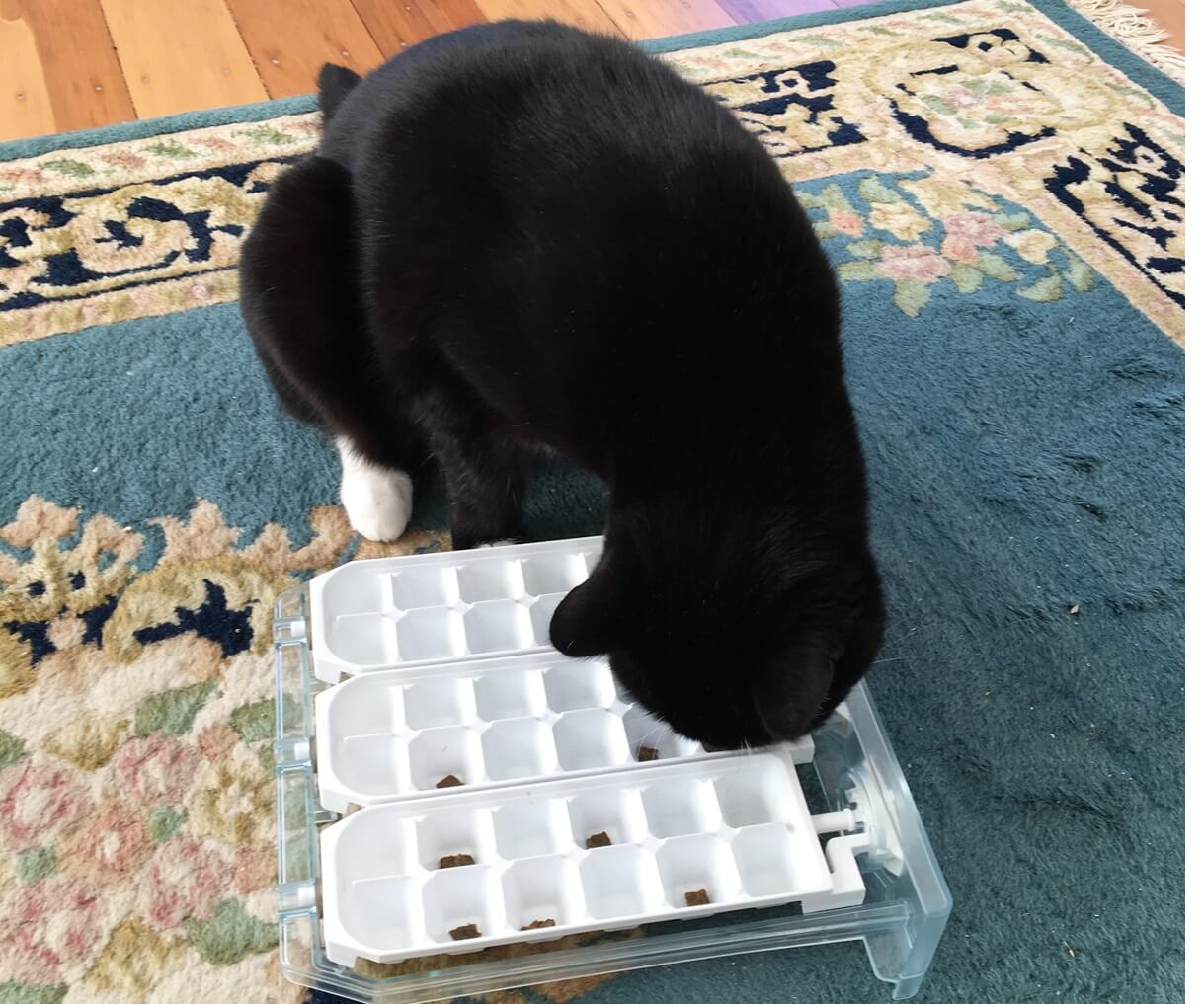
Melina Grin / Cats.com
Cats are not deliberately picky, nor do they try to frustrate their owners at mealtimes. Cats are naturally discerning about their food due to their innate hunting skills and sensitive taste buds.
Changes in routine and certain health issues can contribute to fussy eating habits. Moreover, stress and environmental changes can result in a cat only eating small amounts of food or developing food aversions.
If your cat eats less or refuses to eat their food, don’t be discouraged. Be patient, keep trying, and be compassionate toward them. Try these tips to ensure your cat continues to get the nutrition they need.
Reasons Why Your Cat Might Be a Picky Eater
Cats are obligate carnivores and require a high-protein diet. If your cat is picky about food, it might indicate a problem. Here are six reasons why your cat might be a picky eater:
1. Early Experiences and Genetics
Cats are “imprint eaters.” They develop lifelong taste preferences shaped by prenatal and postnatal food experiences. Genetics only appear to play a small part in determining food preferences, with differences between cat populations more readily explained by their feeding experiences rather than genetic diversity.[1]
Evidence also suggests that cats who grow up in diverse environments develop different food preferences. The study compared domestic house cats to free-roaming farm cats. It concluded that domestic cats avoided raw beef while farm cats avoided dry food. Those findings might explain why some indoor cats don’t recognize new food and walk away.[2]
2. Poor Health
So many health issues can cause inappetence in cats. Certain acute illnesses or injuries can make it physically difficult for cats to eat—such as jaw injuries, dental disease, and abscesses. And symptoms like congestion can make food smell less appetizing to cats. Chronic health problems like gastrointestinal, liver, pancreatic, kidney failure, osteoarthritis, neurological disorders, and cancer can all affect a cat’s appetite.
Some cats might experience side effects from vaccinations or medications, such as appetite loss. Giving medications with regular food can also alter the flavor, possibly leading to food aversion. In the wild, this survival mechanism helps them avoid repeating harmful feeding experiences associated with nutritionally incomplete or potentially toxic prey.[3]
A nauseous or constipated cat might also lose their appetite. Cats can develop food aversions if they associate a particular food with feelings of nausea or discomfort—even if it wasn’t the food that caused that pain. They might continue to avoid that food when they fully recover.
3. Food Quality
Various factors can affect the taste and palatability of commercial cat foods. These include the food’s aroma, temperature, nutritional value, freshness, and the variety of shapes and sizes of the kibble or meat.
It’s also possible that the food has expired or spoiled. Cats have an acute sense of smell, which allows them to detect odors associated with spoiled or contaminated food. Their sense of taste helps them assess the nutritional value of food and prevents them from consuming harmful or indigestible substances.
4. Unpleasant Dining Experience
Cats want to eat from clean dishes in a sanitary area, just like we do. And they have far more sensitive noses, so they will notice malodor well before you do. Make sure their eating space is free from crumbs, water spills, and messes.
Cats also have preferences regarding the type of bowl they eat from. Reflective, narrow, or deep bowls might cause them to refuse food, even when hungry.
5. Stress and Big Changes
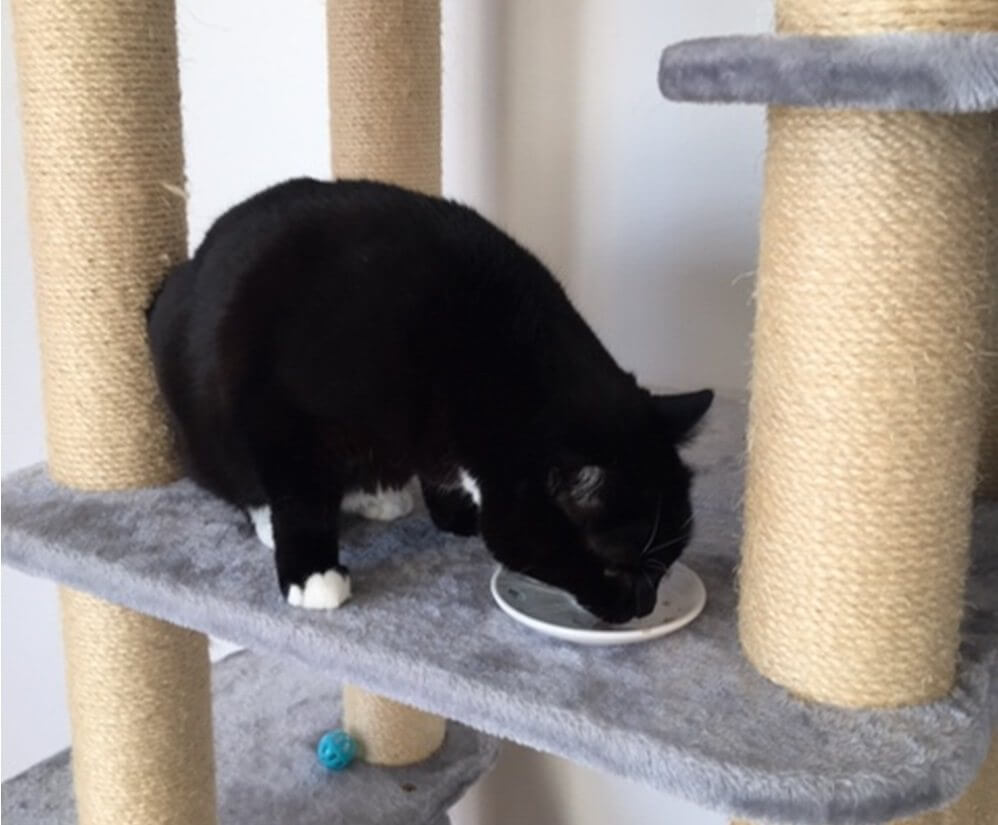
Melina Grin / Cats.com
Cats are cautious creatures, so any deviation from their usual routine or diet can make them highly suspicious and cause them to avoid their food. They may become anxious and develop picky eating habits with changes in routine. Feeding cats irregularly or with infrequent large meals might also lead to fussy eating habits.
Stress in cats can cause a general loss of appetite and reluctance to try new foods. Stress can be caused by many factors, including other animals, excessive noise, new family members, vet trips, or changes to their home environment. A timid cat might struggle to access their food bowl if it is located in a busy area, obstructed by a dog, or guarded by another cat.
And have you observed that your cat eats less during summertime or in high humidity? A study has found that cats consume approximately 15% less food in summer than in winter. For example, Serafina, our 10-year-old cat, tends to skip breakfast on hot summer days but eats multiple meals at night.[4]
6. Your Feeding Habits
Finicky appetites are sometimes a result of cat owners feeding the same type of food repeatedly to minimize tummy upset. For instance, if cats are fed only kibble for an extended period, they might develop a preference for it and refuse to eat other food items.
Spoiling your cat with constant snacks and treats might also make them picky and refuse regular meals. Offering too many food options might also cause picky eating habits. Some pet owners stock up on a large variety of cat food out of fear that their cat will get bored with a single flavor. They then open multiple cans trying to please the cat, though the cat might still walk away.
Tips to Encourage Your Cat to Eat
Talk to your veterinarian if your cat is experiencing a loss of appetite. Your vet can assess if any underlying health issues are causing this and provide advice on suitable dietary options tailored to your cat’s needs. After meeting with your vet, try these six tips at home:
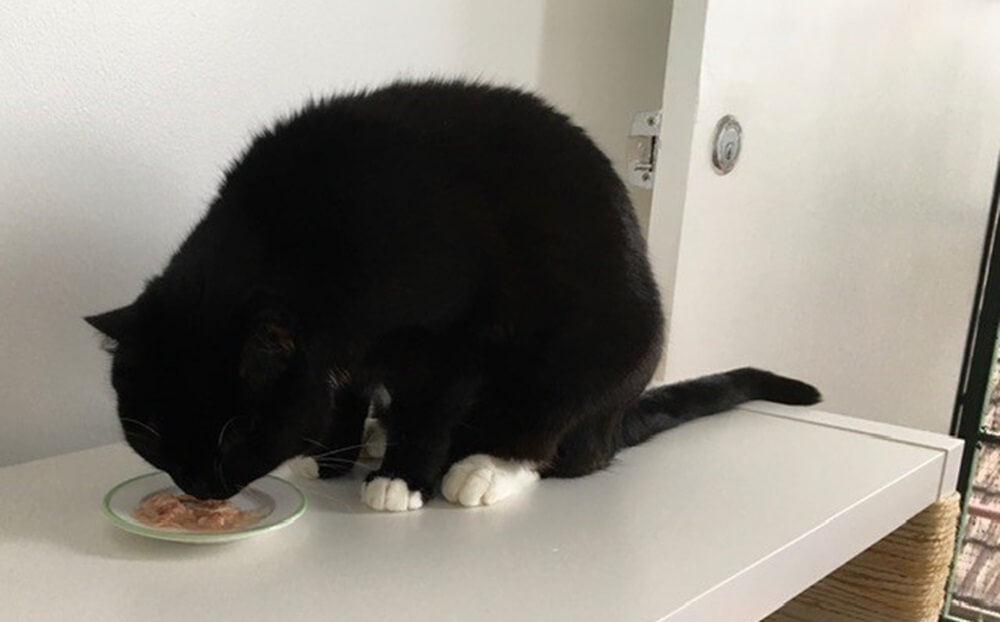
Melina Grin / Cats.com
1. Enhance Palatability
Cats have a particular preference for food temperature. Their taste receptors are most sensitive when the food is around 86 degrees Fahrenheit, which is the temperature of their tongue.
The smell of food can also stimulate their appetite. Senior cats may be especially picky due to general health decline and weaker smell receptors. Try warming up your cat’s wet food in the microwave for 10 seconds—test the temperature before serving.
Choose a high-fat, high-protein diet unless medical issues call for something different. And make sure you’re getting your cat a texture they can manage. Kibble and even some wet foods, like “chunks” and “slices,” can be tricky for some cats to swallow.
Use pill pockets for routine medication instead of hiding pills in their regular meals, and never force-feed your cat since this can lead to further complications.
2. Try Food Toppers and Additives
Try using a food topper for picky cats that are disinterested in their usual or novel food. Crumble small amounts of freeze-dried or air-dried treats onto the canned food. Other topper suggestions are cheese, unsalted bacon, crushed-up kibble, bonito flakes, or your cat’s favorite treat.
Adding flavored liquids to a feline’s food can also tempt fussy cats to eat. The liquid increases the food’s aroma and helps with hydration. Flavored liquids such as tuna juice or low-sodium chicken broth will tempt any cat.
Cats can benefit from supplementation. Your vet can recommend the best supplements for your cat’s well-being. Probiotics and prebiotics can help digestion, stabilize microflora, and enhance appetite. Omega-3 fatty acids can also improve appetite.
3. Change Food Bowl Types and Locations
Cats prefer clean, shallow bowls to avoid touching the sides with their whiskers. To help your cat avoid whisker fatigue and neck strain, switch their food bowl with a flat, elevated ceramic plate. Cats with short snouts may prefer to only eat from very wide, shallow dishes. Arthritic cats may need an elevated bowl so they don’t need to bend down as far.
Plastic dishes may contribute to feline acne by trapping bacteria and odors—choose glass, ceramic, or stainless steel. Changing the bowl’s location can make a big difference to a picky cat, especially in a household with multiple cats. If you have more than one cat, feeding them on separate plates in different rooms or on elevated surfaces can help reduce competition and stress.
4. Provide a Calm, Predictable Environment
Rather than allowing your cat to graze, use consistent and regular feeding schedules. Place the food plate and walk away, as hovering around your cat can make them extra cautious and reduce their chances of eating. It is also best to avoid offering multiple types of food at once, as it can be overwhelming for your cat.
Divide the daily food ration into smaller meals or use an automatic cat feeder. Some cats prefer to be hand-fed or stroked during meals; others want to eat quietly overnight when everyone is asleep.
5. Provide Ample Enrichment
But don’t forget playtime too! Cats are natural predators, but some cats lose their appetite when their owners are not around. However, playing with your cat for 20 minutes can stimulate their hunting instincts and get them to eat their meal.
These little predators also tend to prefer small meals throughout the day. Puzzle feeders simulate prey and provide mental stimulation. Make mealtime more engaging by placing dry, air-dried, or wet cat food in puzzles or interactive pet feeders.
6. Make Any Changes Gradually
Abrupt dietary change can cause tummy upsets and exacerbate the problem. When switching to a new cat food, make the change slowly over the course of a week. Some cats might need an even longer transition period.
Some cats may even enjoy having a variety of flavors. If you think this is the case, start with another flavor of the current brand you’re using. Keep in mind that Introducing your cat to a rotational diet takes a little time and planning, but your cat may thank you!
Introduce your cat to different flavors and textures by trying out varied options of canned, raw, and high-quality wet foods, such as pate, morsels, meat chunks, and gravy, that align with your cat’s preferences.
-
Hepper, P., Wells, D. L., Millsopp, S., Kraehenbuehl, K., Lyn, S. A., & Mauroux, O. (2012). Prenatal and early sucking influences on dietary preference in newborn, weaning, and young adult cats. Chemical Senses, 37(8), 755–766.
-
Bradshaw, J. W. S., Healey, L., Thorne, C. J. R., Macdonald, D. W., & Arden-Clark, C. (2000). Differences in food preferences between individuals and populations of domestic cats Felis silvestris catus. Applied Animal Behaviour Science, 68(3), 257–268.
-
T. Watson. Palatability: feline food preferences. (n.d.). CABI Databases.
-
Serisier, S., Feugier, A., Delmotte, S., Biourge, V., & German, A. J. (2014). Seasonal variation in the voluntary food intake of domesticated cats (Felis catus). PLOS ONE, 9(4), e96071.
